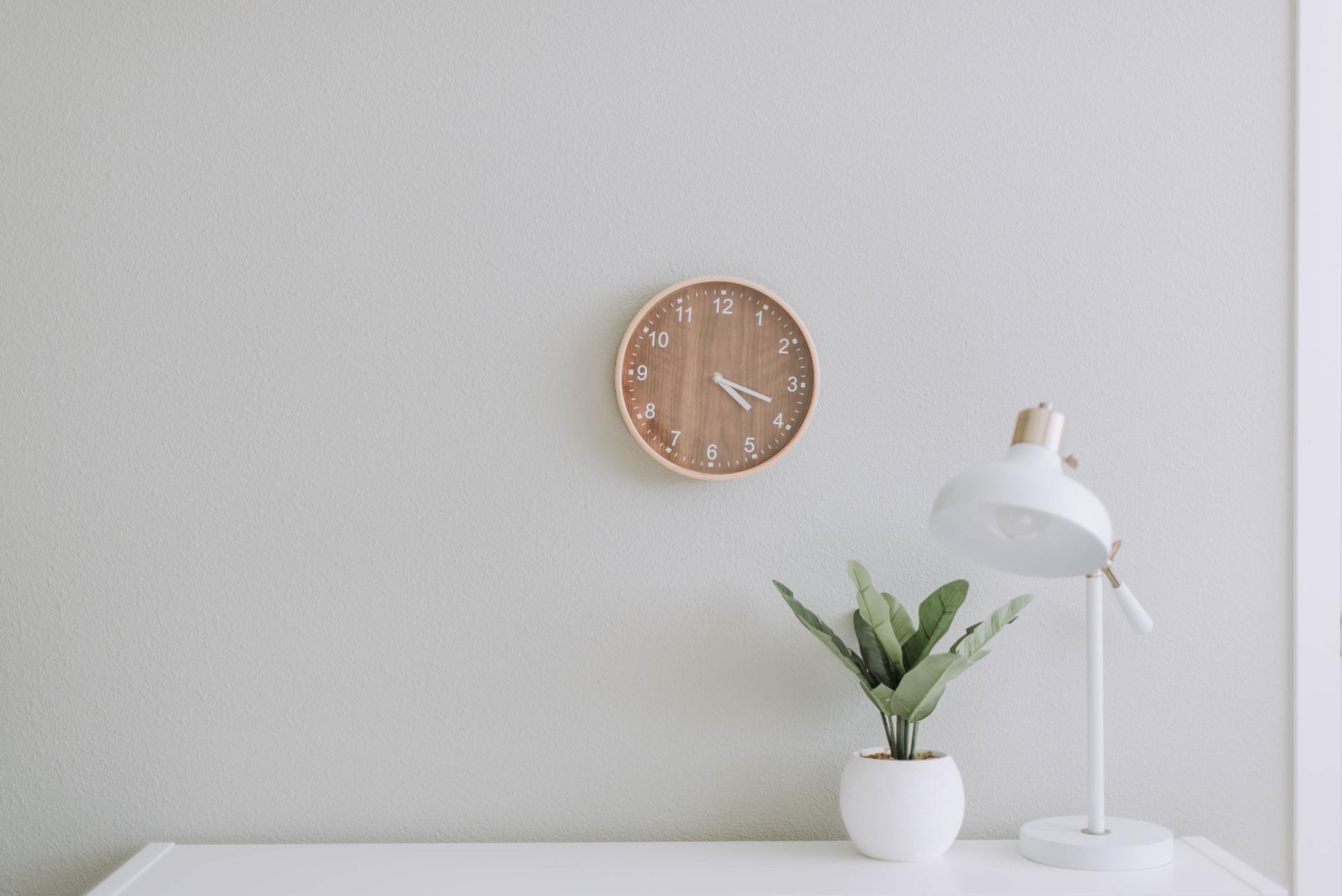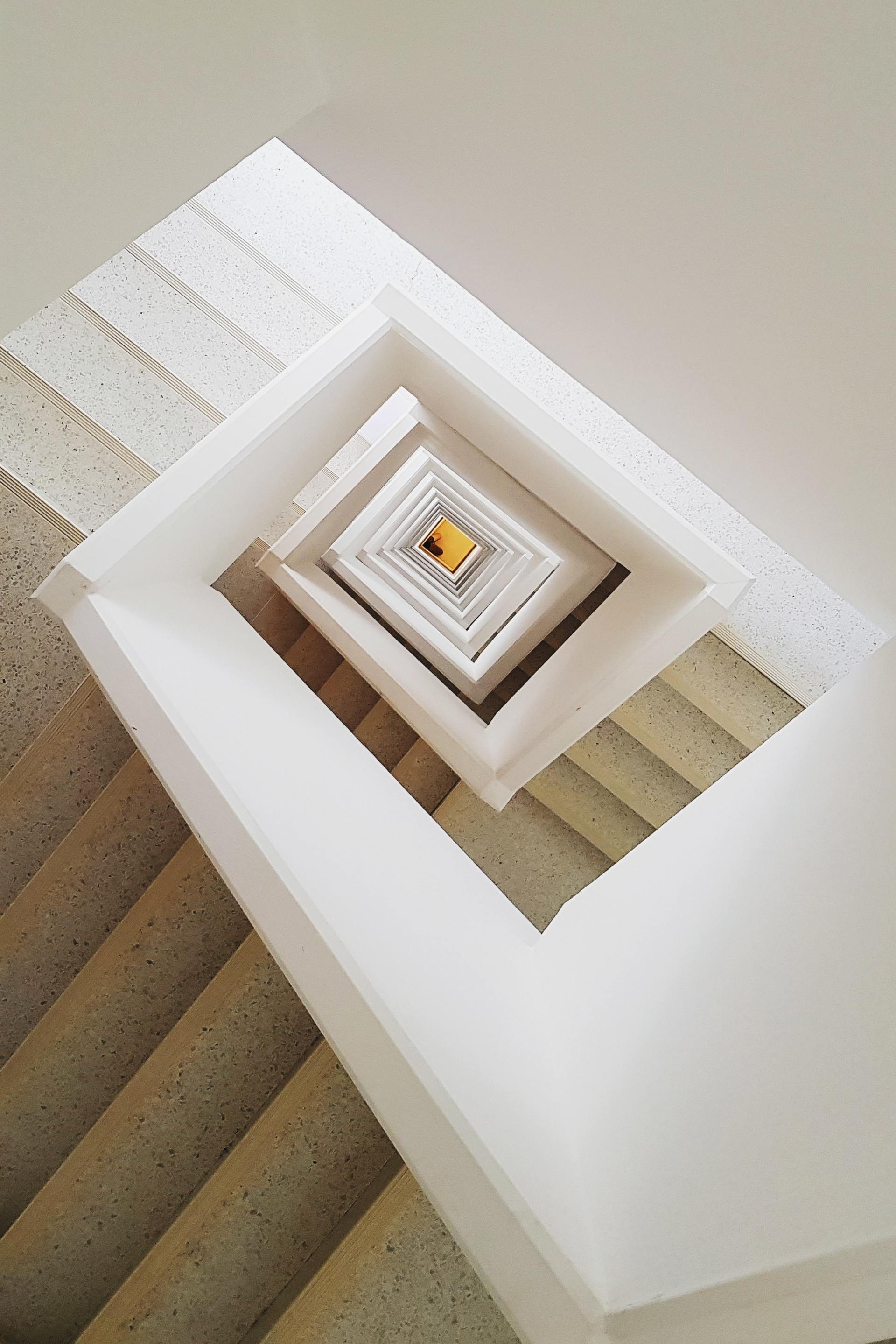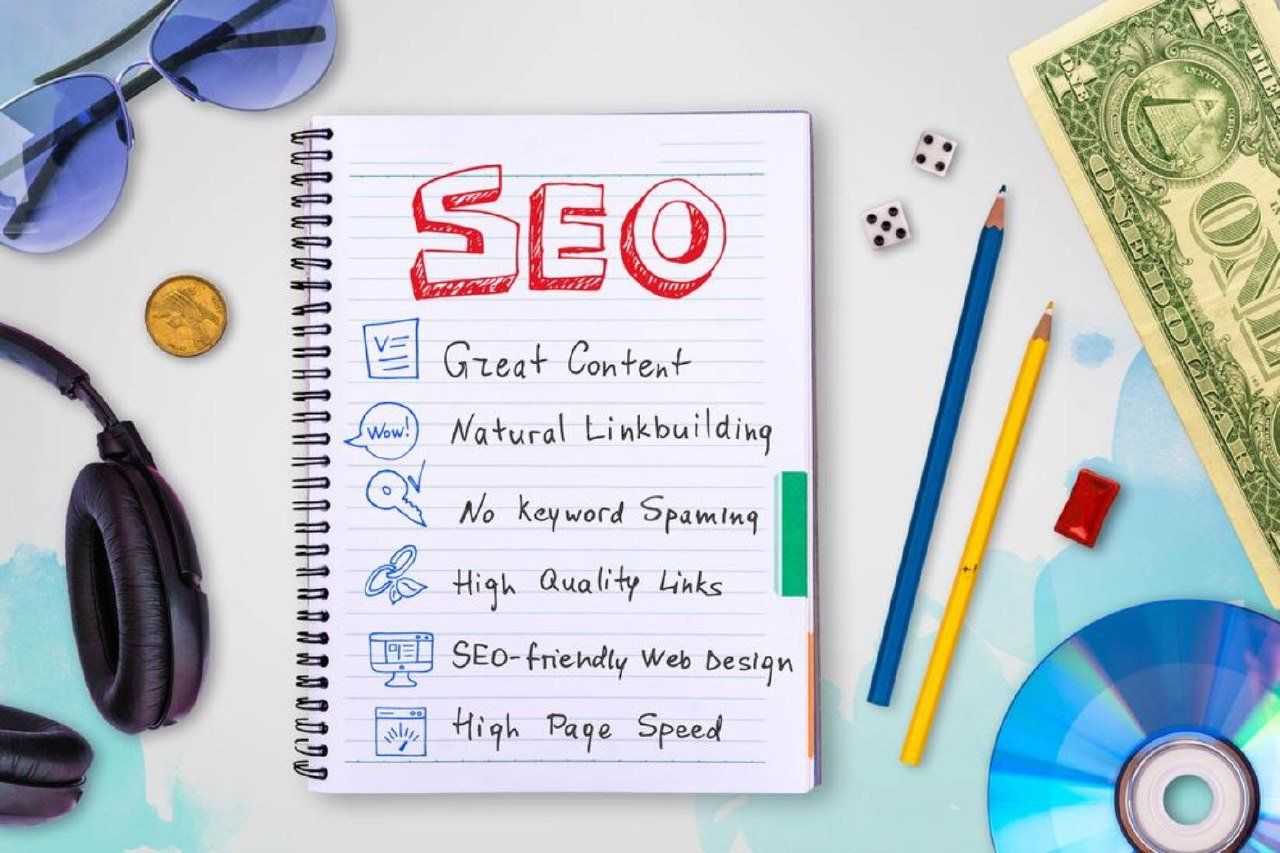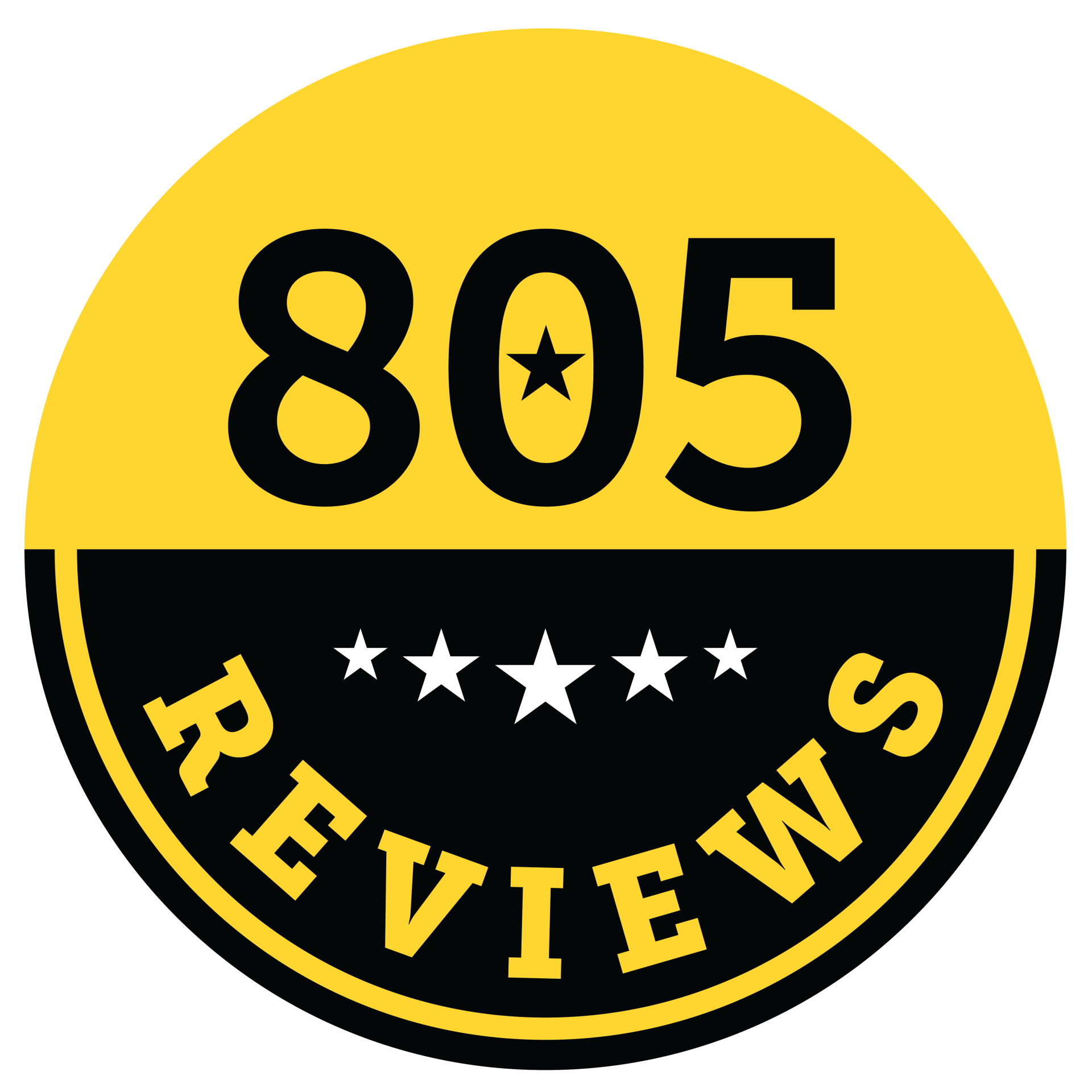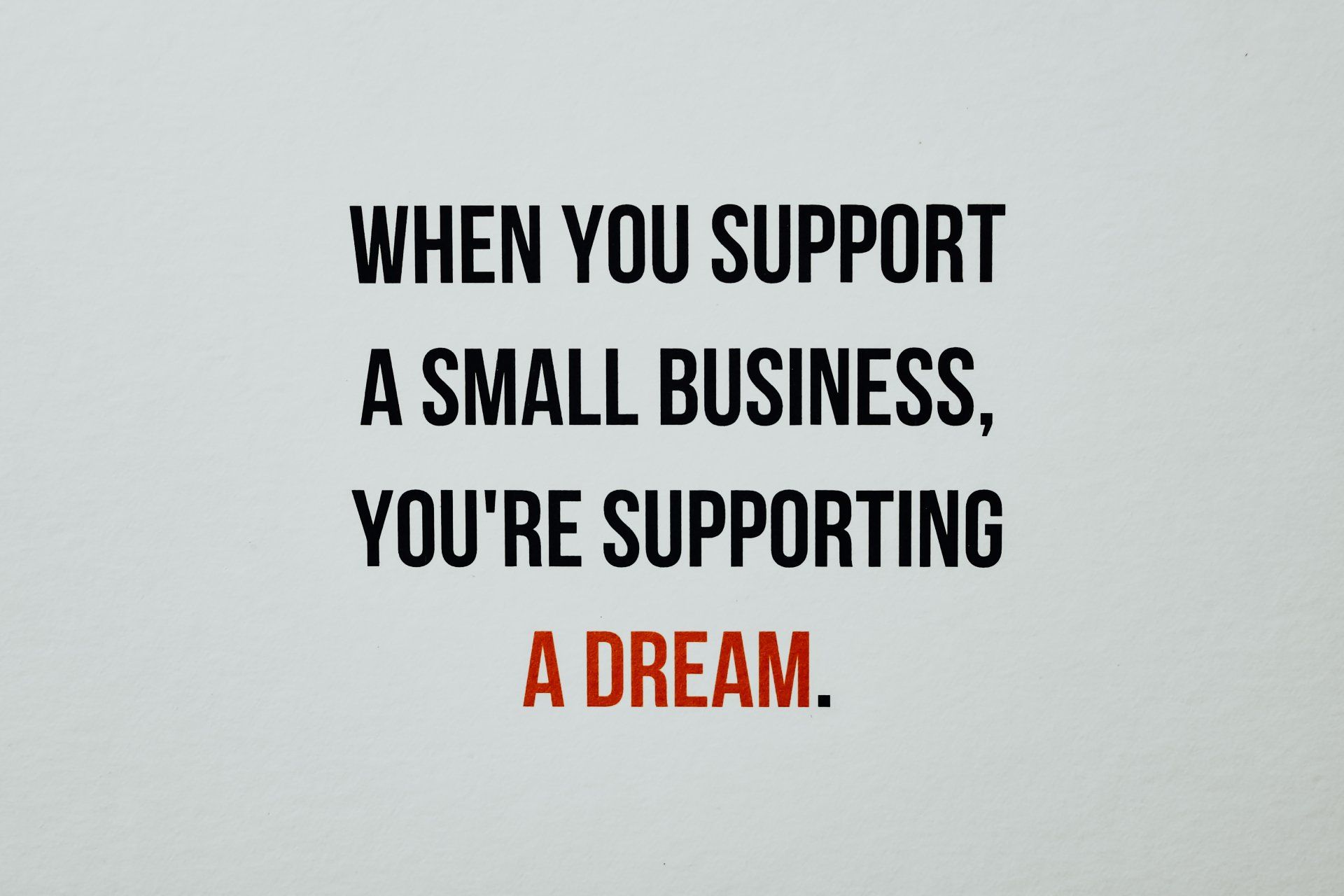Visual hierarchy is one of the most vital principles behind effective website design. It describes which elements dominate your users’ attention first and this can be done through colors, sizes, and placements. For instance, placing a yellow call-to-action against a blue background might be more effective than a red call-to-action. Your website should also be organized so that users should be able to find the information they need in three clicks or less.
"Shine Online"
Effective Elements of Website Design
Sell or increasing brand awareness is just the beginning.
Ever thought of selling a product or increasing brand awareness? Effective website design is the contrast between a change and a lost possibility. Your website serves as an important medium for users to effectively grasp what your brand is about. The very last thing you want is to chase site visitors away because of an inadequately designed website. Check out 11 awesome elements of Website Design below to see how you can effectively design a website. You can also seek professional advice from the folks at Econcept Inc. / www.Econcept.biz if you think you need some extra help.

1. Simplicity is the best
Purpose comes first, graphics are secondary. As much as creative and innovative graphic designs will greatly catch the attention of users, they should never be the cause of distraction for users who visit a website with a purpose in mind. If there is too much going on, visitors who do not understand what your site is about will leave within a few seconds.
If you have redundant information on your website, delete it. Avoid busy and irrelevant designs. There is no point in cramming your site too much above the fold. Simplicity is the best — simple designs allow for easier navigation on the site, and aid users in searching for information that truly matters to them.
Utilizing white space, alternatively referred to as negative space, can effectively draw the attention of visitors to your site! White space is the area on your site that are deliberately left unfilled, and they help to separate paragraphs of texts and graphics. White space is a significant and powerful element of website design as it makes a page look professional and neat.
2. Aesthetics
Colors, balance, and typography are the three most vital aesthetic principles for successful website design. Colors evoke poignant and enthusiastic reactions — warm tones such as yellows and pinks excite people whereas cool tones like blues and greens have a peaceful effect. Here’s a fun fact, do you know why a large number of fast-food restaurants have red logos? This is because red instantly attracts attention and makes people feel hungry!
Colors should be in harmony and feel consistent when you select a color palette for your site. For your website background, select colors that coordinate with your logos and avoid colors that clash too much as they can put your users off. A maximum of five distinct colors is suggested for successful website design. Fonts also affect the feel of your site — stick to a font size of 12-16 pts and a maximum of three typefaces. Sans Serif fonts are also proven to be effective for body text. Whatever you do, remember to always keep your audience in mind.

Slide title
Write your caption hereButton
Slide title
Write your caption hereButton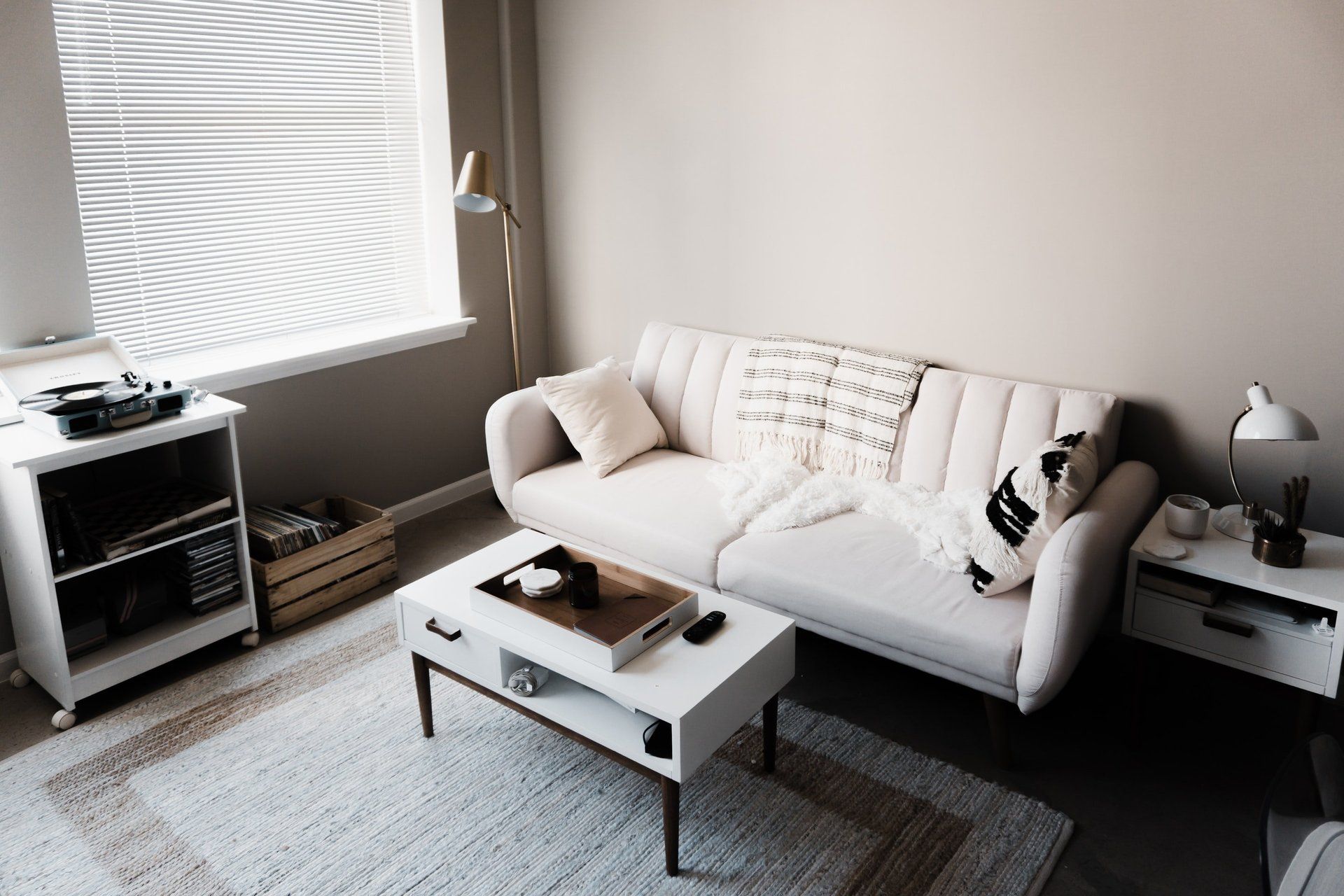
Slide title
Write your caption hereButton
3. The power of graphics
Another design hack is the use of visuals over text. Pictures speak a thousand words, and they contribute significantly to effective website design. Visuals can be strategically incorporated to point users to where you want them to go. For instance, ‘Contact Us’ and ‘Shop Now’ buttons, coupled with visual cues can direct users to primary conversion points.
Quality over quantity — when selecting pictures for your site, they ought to be high resolution and appropriate for your site. Utilize photos that look as natural as possible, otherwise, they might come off excessively tacky. Infographics can also be useful as they catch the attention of users easily. Since an average user typically skims a site instead of perusing it in full detail, infographics are an incredible asset that can effectively deliver information.
4. E Format
People typically scan websites starting at the upper left corner, then move across the webpage to the right corner, then downwards to the left and back across the page to the right. This is known as the ‘E Format’. What this layout proposes that the most vital information should be placed on the upper left corner while the least significant details should be parked on the bottom right of your website. Users should not have to scroll down your site to find out the most important information. Grid-based layouts, headers, subheaders, and bullet points are also recommended as they make it easier for users to navigate your website.
5. Conventions
Sometimes, conventional designs that users are acquainted with can be the best solution to effective website design. These include a search bar at the upper right corner of the page, navigation menus, and a logo at the top that will divert users back to the homepage, as well as contact information located at the bottom of the page. Shopping cart icons are often a typical feature of e-commerce sites, alongside ‘add to cart’ or ‘view cart’ buttons. Common buzzwords such as ‘contact us’, ‘submit’ and ‘check out’ also allow users to navigate your site with more ease and speed.
6. User Experience (UX)
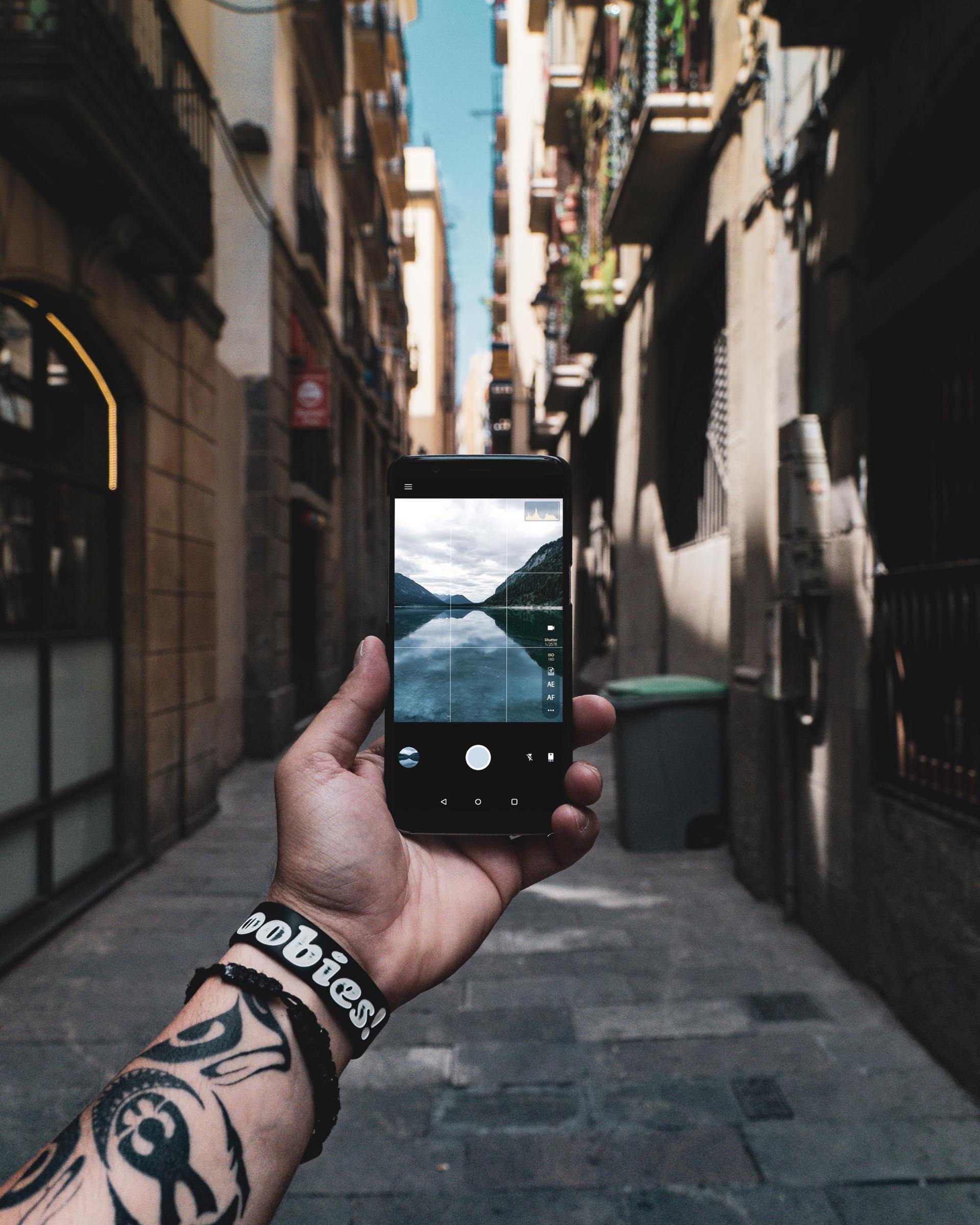
7. Load Time
Research has shown that users would leave a website if it took more than three seconds to load. In order for effective website design, load time should be significantly reduced and one way to do so is to optimize image sizes and scales. Allowing landing page redirects to be cached can also improve load time.
8. Consistency is key
Consistency is the key to effective website design. A few instances of maintaining consistent design elements across your site include having the same font, color scheme, and menu options on each page. Congruence between landing pages, advertisements, and your website is a powerful factor in determining whether a user will turn into a customer. Maintaining consistent themes in your branding would be an advantage to your design process and is helpful in maximizing conversions.
9. Accessibility is key
In the age of technology today, your website has to be mobile-friendly and as optimized as your desktop site! In order for your website to reach a larger group of audience, you can either create mobile versions of your website or use a layout that can easily and automatically adjust to differing screen sizes.
10. Constant Optimization
Constant optimization is key to successful website design. The best way to ensure that your site is user-friendly and effectively designed to maximize conversions is to enlist the help of friends to test out your site and provide valuable feedback. You must also put in conscious effort to update your site with the latest information and ensure that it runs smoothly regardless of the number of users accessing it.
11. End-goals
Lastly, a successful site is contingent on an effective marketing strategy beyond aesthetic visuals, load time, and accessibility. Your website design should be focused on specific goals that should be evident to your users at all times. With an end-goal in mind, anything is possible.
An efficiently designed website is some of the best marketing you can do for your products. With the saturation of websites in the market today, users are spoiled for choice. They can easily choose to click on the back button if your website interface doesn’t immediately give them what they’re looking for. Hence, if you want potential customers to stay, be sure to follow these tips.
Register for 805 Reviews. Get your business listed for FREE. Promote your event, business, deals, and much more. This is a mobile APP and Website that is a MUST HAVE


Here is our long list of links that most likely you don't need. Have a question? Give us a buzz...
TERMS OF SERVICE
PRODUCTS / SERVICES
COMPANY INFORMATION
COMPANY RESOURCES
PRODUCT
LINKS
Call Us Today!
(805) 202-2368
We are San Luis Obispo County's and Santa Barbara County's premier website designer. We provide businesses affordable and creative website design.
How is YOUR business found online?
*unlimited FREE connections to your website when purchased together with any Econcept website


